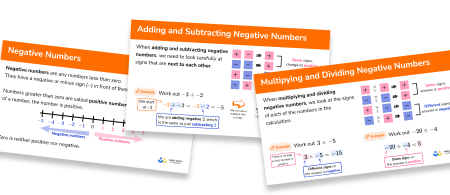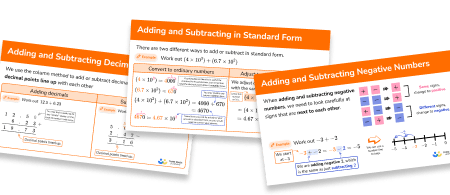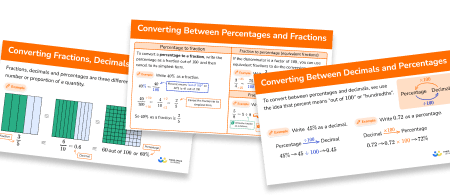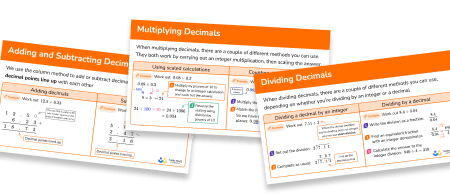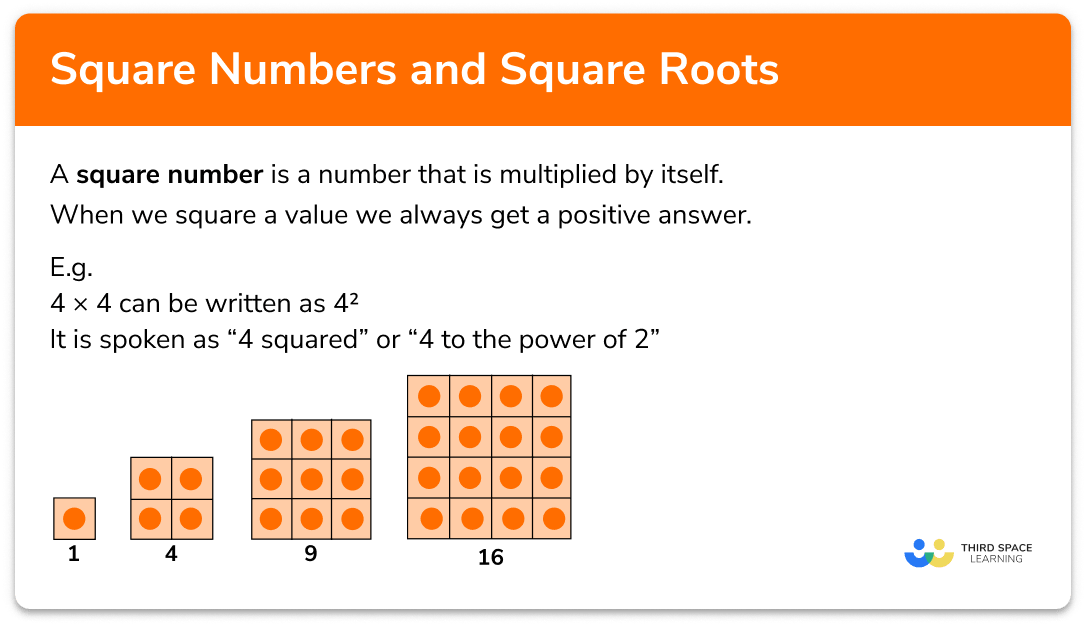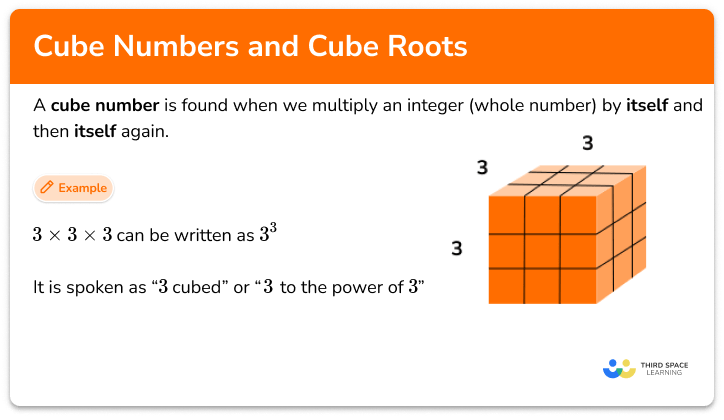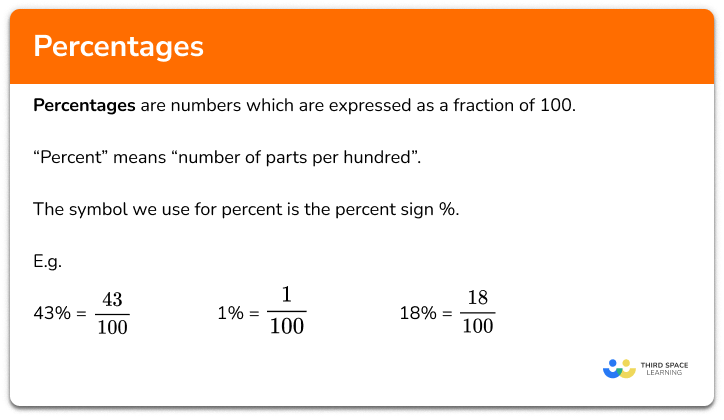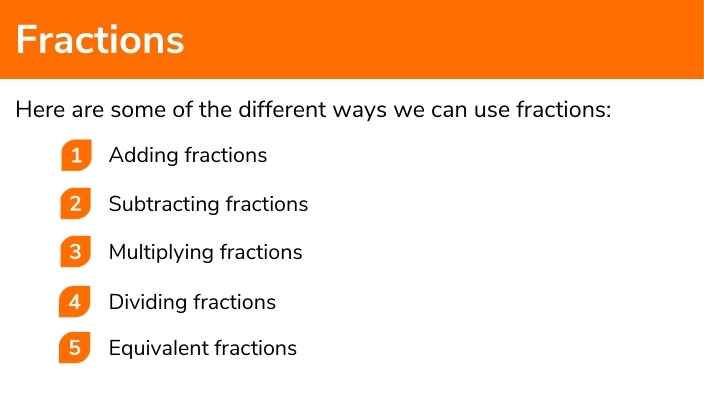FREE DOWNLOAD
Add And Subtract Fractions Worksheet

Help your students prepare for their Maths GCSE with this free Add and Subtract Fractions worksheet of 42 questions and answers
- Section 1 of the Adding and Subtracting Fractions worksheet contains 12 skills-based Adding and Subtracting Fractions questions, in 3 groups to support differentiation
- Section 2 contains 3 applied Adding and Subtracting Fractions questions with a mix of worded problems and deeper problem solving questions
- Section 3 contains 3 foundation and higher level GCSE exam style Adding and Subtracting Fractions questions
- Answers and a mark scheme for all Adding and Subtracting Fractions questions
- Follows variation theory with plenty of opportunities for students to work independently at their own level
- All questions created by fully qualified expert secondary maths teachers
- Suitable for GCSE maths revision for AQA, OCR and Edexcel exam boards
Adding and subtracting fractions at a glance
Fractions can only be added or subtracted if they have like denominators – or in other words, if they are like fractions. If fractions already have the same denominator, we simply add or subtract the numerators as required.
How to add and subtract fractions
If the fractions have different denominators (unlike fractions), we use knowledge of equivalent fractions to change one or both denominators – this is called finding a common denominator. For example, if one fraction had a denominator of 4, and the other had a denominator of 6, we could change both fractions to have denominator 12, as 12 is the LCM (lowest common multiple) of 4 and 6. Once both fractions have been written with a common denominator we add or subtract the numerators as required.
Fraction addition and subtraction of fractions can be extended to working with mixed numbers (sometimes called mixed fractions); a mixed number has both a whole number part and a simple fraction part. We can convert between mixed numbers and improper fractions in order to calculate with them.
Looking forward, students can then progress to additional number worksheets, for example a percentage worksheet or a rounding worksheet.

For more teaching and learning support on Number , our GCSE maths lessons provide step by step support for all GCSE maths concepts.
Do you have students who need additional support?

With Third Space Learning's secondary maths tutoring programmes, students in Year 7-11 receive regular one to one maths tutoring to address gaps, build confidence and boost progress.
"My confidence in the tutoring is high. We've had some phenomenal results. I even had one girl get a Grade 8 this year; she came to every tutoring session."
Stacey Atkins, Maths Director, Outwood Grange Academies Trust

